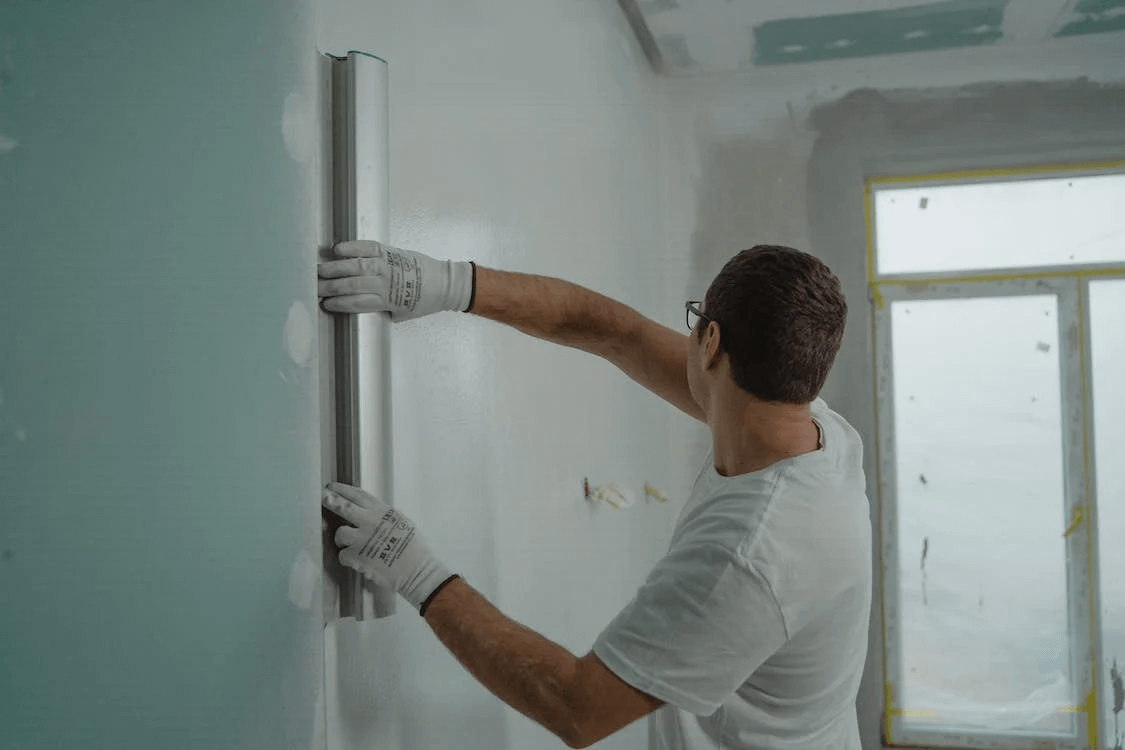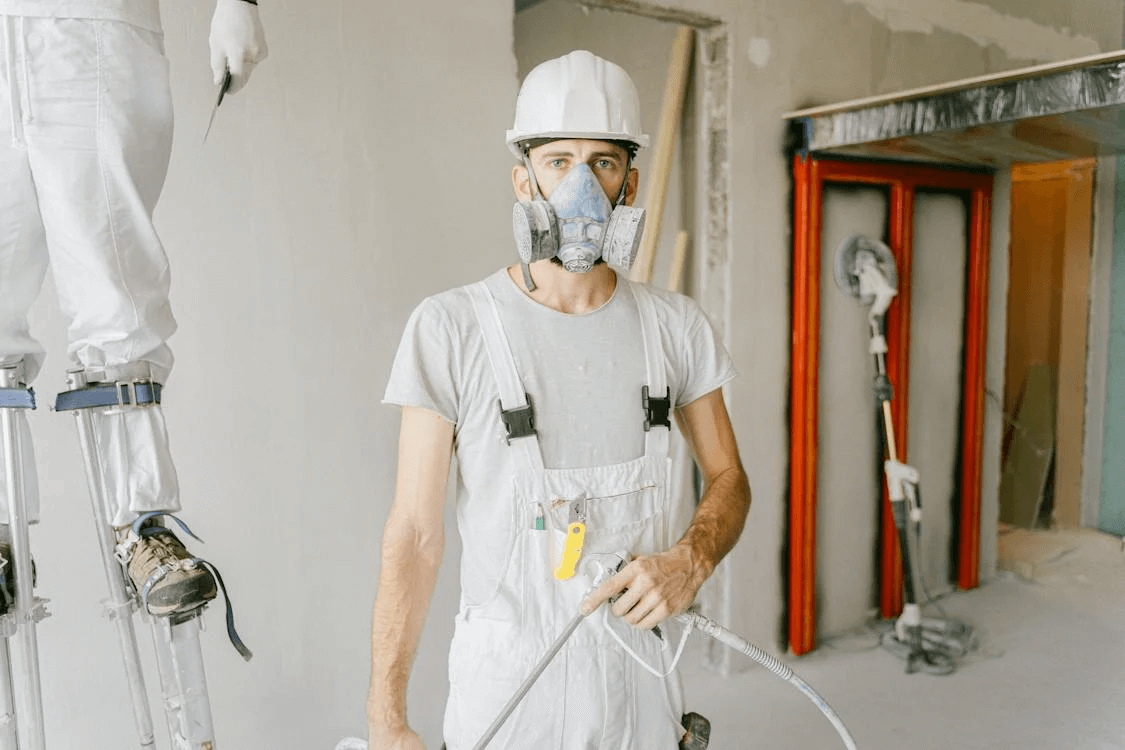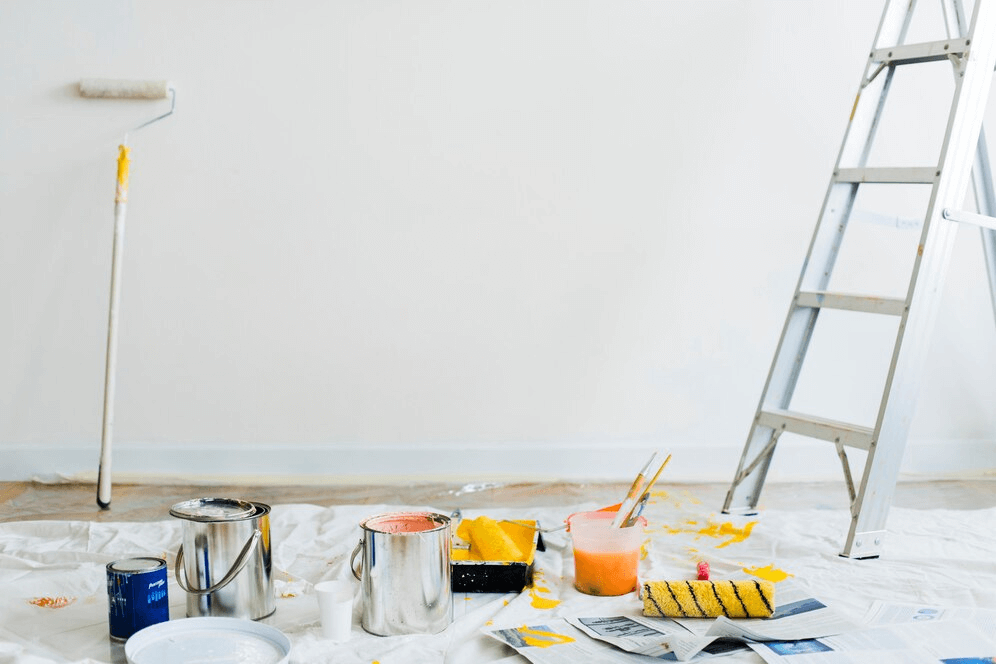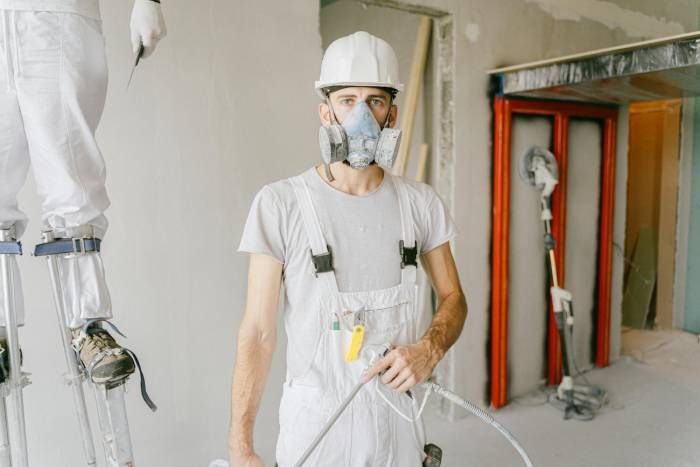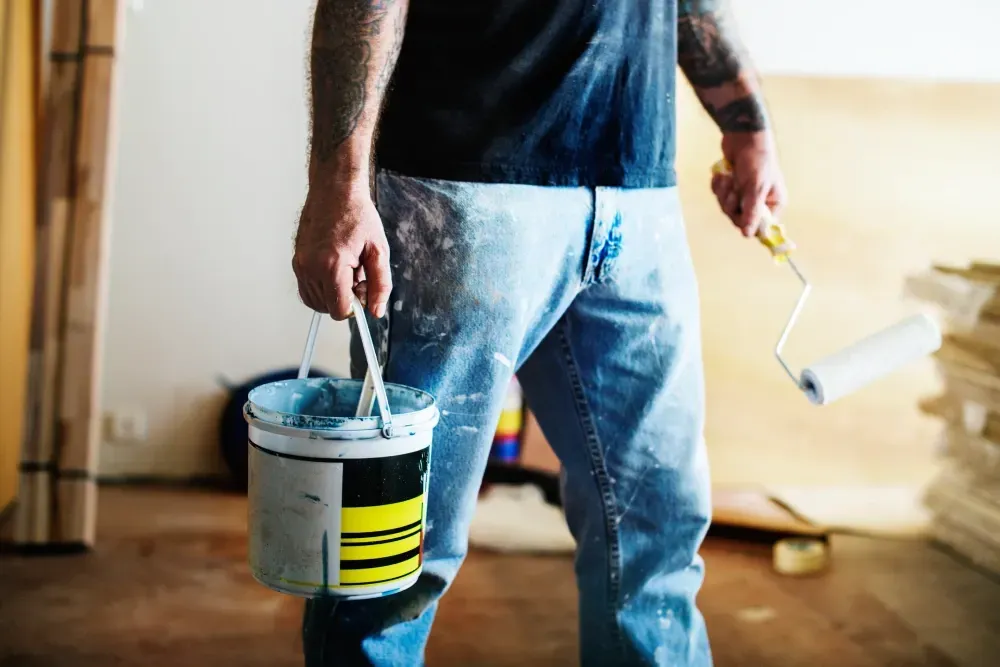Understanding the Professional Painting Process
Knowing the professional painting process gives homeowners the chance to create something fresh and new in their living areas. There are many factors to take into account while remodeling a home, painting is an essential component in improving the overall design and atmosphere of a living space. However, applying a professional painting process is a wise investment for a number of reasons, and it makes the project easy, fast, and efficient.
Professional Painting Process
Surface Preparation
This involves cleaning the surface to be painted, and removing any dirt, grease, or old paint. Sanding may also be necessary to smooth out imperfections.
Repairing Damages
Any cracks, holes, or other damages on the surface should be repaired using suitable fillers or patching compounds. Allow time for these repairs to dry thoroughly.
Priming
Applying a primer is essential, especially on bare surfaces or where there are significant color changes. Primer helps the paint adhere better and provides a uniform base for the paint.
Choosing the Right Paint
Selecting high-quality paint suitable for the surface and environment is crucial. Consider factors such as durability, finish, and color.
Paint Mixing
Ensure that the paint is thoroughly mixed before application to achieve consistent color and finish throughout the project.
Cutting In
Use a brush to carefully paint along edges, corners, and areas where the roller cannot reach. This technique helps create clean lines and prevents overlapping.
Applying Paint with a Roller
Use a roller to apply paint to larger areas, working in small sections and overlapping strokes slightly to avoid streaks or uneven coverage.
Applying Multiple Coats
Depending on the desired finish and the type of paint used, multiple coats may be necessary. Allow each coat to dry completely before applying the next.
Finishing Touches
Once the final coat is applied and dried, inspect the surface for any missed spots or imperfections. Touch up as needed for a flawless finish.
Cleanup and Maintenance
Clean your painting tools promptly with appropriate solvents. Store leftover paint properly for future touch-ups. Regular maintenance, such as cleaning painted surfaces, can extend the lifespan of the paint job.
Customer Walkthrough
Invite the customer to inspect the completed work and address any concerns or areas for touch-up. Ensure customer satisfaction before considering the project complete.
Renovating a home is an exciting project for homeowners to improve their home’s curb appeal and value. Throughout the process, professional
painters pay attention to detail, use high-quality materials, and utilize proper techniques to achieve the desired results efficiently and effectively. Additionally, safety measures such as proper ventilation, personal protective equipment, and adherence to safety guidelines are crucial aspects of the
professional painting process.
How to Choose Professional Painting Services in Long Island, NY
When hiring a
professional painter, it's essential to consider several factors to ensure you choose the right person or company for the job. By considering the
value a professional painting process offers, you can make an informed decision when choosing a professional painter and increase the likelihood of a successful and satisfactory painting project.
Experience and Expertise
Look for painters who have extensive experience in the type of painting project you need. Experienced painters are likely to have the skills and knowledge necessary to handle various surfaces, techniques, and challenges that may arise during the project.
Reputation and References
Research the painter's reputation by reading reviews, asking for references from past clients, or viewing their portfolio of completed projects. Positive feedback and recommendations from satisfied customers can give you confidence in the painter's abilities and professionalism.
Licensing and Insurance
Ensure that the painter is properly licensed and insured. A valid license demonstrates that the painter has met certain standards and regulations, while insurance protects you and your property in case of accidents or damages during the painting process.
Quality of Materials and Workmanship
Inquire about the quality of paint and materials the painter plans to use for your project. High-quality materials can affect the durability and appearance of the finished paint job. Additionally, assess the painter's attention to detail and commitment to delivering a high standard of workmanship.
Cost and Estimates
Obtain detailed estimates from multiple painters and compare their prices, taking into account factors such as the scope of work, materials, labor, and any additional services or warranties offered. While cost is an important consideration, prioritize value and quality to ensure you get the best results for your investment.
Painting Process FAQs
How do I choose the right paint color for my space?
Consider factors such as the room's lighting, the mood you want to create, and existing décor. Many paint stores offer color swatches or sample pots to test colors in your space before committing.
How long does it take for paint to dry completely?
Drying times can vary depending on factors like humidity, temperature, and the type of paint used. Generally, latex paint dries to the touch within an hour or two but may take up to a month to fully cure. Oil-based paints typically dry more slowly and may require more time.
Do I need to prime before painting?
Priming is recommended in certain situations, such as painting over bare surfaces, covering stains, or when transitioning between vastly different paint colors. Priming helps improve paint adhesion, provides a uniform surface, and can enhance the final finish.
What tools and equipment do I need for a professional paint job?
Essential tools include paintbrushes, rollers, painter's tape, drop cloths, sandpaper, a ladder or step stool, and a paint tray. Depending on the project, you may also need a primer, extension poles for rollers and specific brushes for trim work.
How can I ensure a smooth and even paint finish?
Proper surface preparation is key to achieving a smooth paint finish. Fill in any cracks or holes, sand rough areas, and clean the surface thoroughly before painting. Use high-quality paint and apply it evenly, working in sections and maintaining a wet edge to blend strokes. Additionally, avoid overloading the roller or brush with paint to prevent drips and streaks.
Conclusion
J&S Paint Pros is proud to use premium paints and supplies on all of our painting projects. We understand the value of following a professional painting process to make sure the paint job lasts the test of time, giving your walls long-lasting beauty and protection. We provide a large selection of choices to accommodate various surfaces, tastes, and styles. Contact us today.



